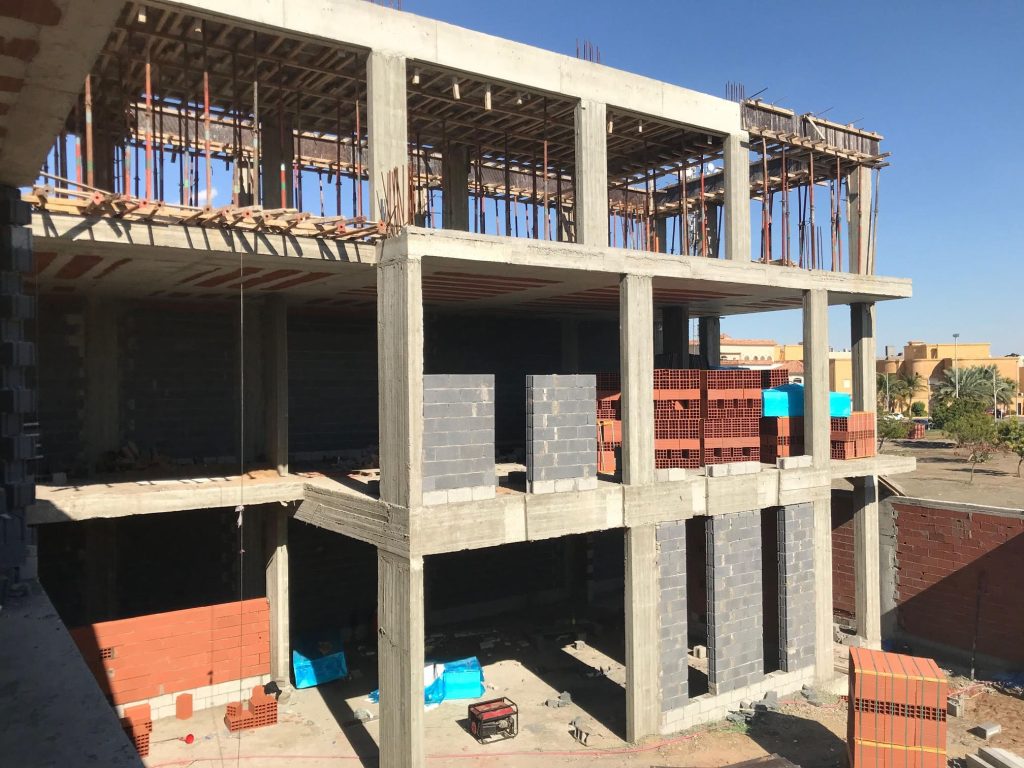“As rents rise, economic disparities widen, driving architects to innovate sustainable and affordable designs that balance functionality with affordability.”
Introduction
The relationship between rent prices and economic income is a critical aspect of urban planning and architectural design. This dynamic interplay influences how architects and developers approach the creation of residential and commercial spaces. Understanding this relationship is essential for designing buildings that are not only aesthetically pleasing but also economically viable and sustainable.
The Code of Ethics in Architecture
Architecture is a profession rooted in ethics and integrity. Adhering to a code of ethics ensures that architects create spaces that are both functional and beneficial to the community. This ethical foundation is crucial when addressing the economic aspects of architecture, particularly in the context of housing affordability and rent prices.
The Impact of Economic Income on Rent Prices
Economic income significantly affects rent prices. For example, in London, the median rent for a two-bedroom property can consume up to 50% of a resident’s monthly salary. In broader England, this figure averages around 26%. These statistics highlight the strain high rents can place on residents, influencing their disposable income and quality of life. Economic policies and urban planning must address these disparities to ensure equitable housing opportunities (TeachLearnSupport) (RTF | Rethinking The Future).
Discover the dynamic relationship between rent prices and economic income and how it impacts the creation of sustainable and economically viable spaces. From modular construction to government policies, explore the innovative approaches and practical applications that architects and developers are utilizing to address rent and income disparities in urban housing markets. Learn how ethical considerations and a holistic approach to design can enhance the quality of life for residents while promoting economic stability and growth. For further insights into our architectural philosophy and projects, visit our Architectural Style and Interior Design pages.
INJ
Architectural Approaches to Addressing Rent and Income Disparities
- Modular Construction: This method allows for rapid and cost-effective building solutions, providing affordable housing options without compromising quality. Modular buildings can be assembled quickly, reducing construction costs and making housing more accessible.
- Sustainable Materials: Using locally sourced and recycled materials can reduce construction costs and environmental impact. This approach not only makes housing more affordable but also aligns with sustainable development goals.
- Mixed-Use Developments: Designing buildings that incorporate residential, commercial, and recreational spaces can create vibrant communities and reduce living costs. These developments encourage local economies by providing residents with easy access to essential services and employment opportunities.

The Role of Government Policies
Government policies play a crucial role in regulating rent prices and ensuring housing affordability. For instance, rent control measures, tax incentives for affordable housing projects, and subsidies for low-income families are essential tools for managing the housing market. These policies help maintain a balance between supply and demand, preventing exorbitant rent hikes and ensuring that housing remains accessible to all income levels
Government Policies and Their Impact
Government policies play a crucial role in regulating rent prices and ensuring housing affordability. For instance, rent control measures in cities like New York and San Francisco help stabilize housing costs but can also lead to a reduced supply of rental units due to lower profitability for developers. Conversely, tax incentives for affordable housing projects and subsidies for low-income families are essential tools for managing the housing market. These policies help maintain a balance between supply and demand, preventing exorbitant rent hikes and ensuring that housing remains accessible to all income levels
Historical Context and Trends
The historical context of rent prices and economic income shows a fluctuating relationship influenced by industrial revolutions, economic downturns, and urbanization trends. During the Industrial Revolution, urbanization led to a significant increase in demand for housing, driving up rent prices. Similarly, economic downturns like the Great Depression and the 2008 financial crisis saw significant shifts in rent affordability and housing availability
Case Studies and Practical Applications
- Neom Project, Saudi Arabia: This futuristic city aims to incorporate advanced architectural and economic principles to create sustainable and affordable living spaces. By leveraging innovative construction techniques and smart technologies, Neom serves as a model for integrating economic considerations into architectural design.
- London’s Housing Market: The implementation of rent controls and affordable housing initiatives in London showcases the importance of regulatory frameworks in managing urban housing markets. These measures help stabilize rent prices and ensure that housing remains within reach for a diverse population
Conclusion
Understanding the relationship between rent prices and economic income is crucial for architects and urban planners. By integrating economic principles into architectural design, professionals can create sustainable and affordable housing solutions that meet the needs of diverse populations. This holistic approach not only enhances the quality of life for residents but also promotes economic stability and growth.
For further insights into our architectural philosophy and projects, please visit our Architectural Style page and Interior Design page.
